John Crabtree and John Higginson
Monday, February 27th, 2006This photo is my great grandpa John Crabtree and his friend John Higginson, brother of my great grandma Ida Higginson. Both of them were born in 1855 in Lodi, Illinois. (Lodi is now called Maple Park.)
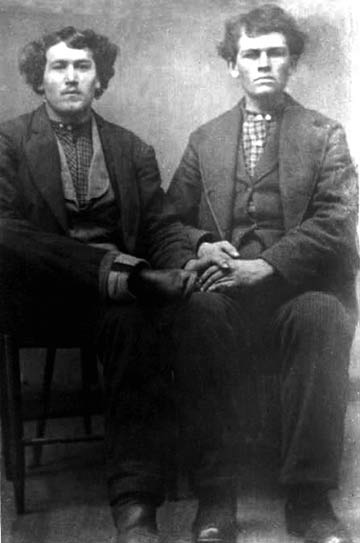
I think that the parents of John C. and John H. were good friends, also. Edward Higginson’s family stayed with either John Crabtree’s parents, Arnold and Rachel Crabtree, or with his grandparents, Richard and Mary Crabtree while Edward was in the Civil War, according to my grandma.
After the Civil War both Arnold Crabtree and Edward Higginson signed a Declaration of Intent to become a US citizen. They went on the same day, (February 8, 1866), to the same place, (Kane County, Illinois), and the same person (P. F. Ward) signed the document.
The Arnold Crabtree’s and the Edward Higginson’s both moved to Iowa, and both had a daughter born there. Arnold and Edward both died the same year, 1873; Arnold of consumption or TB and Edward of Civil War wounds.
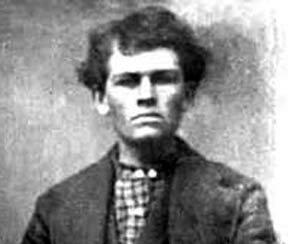
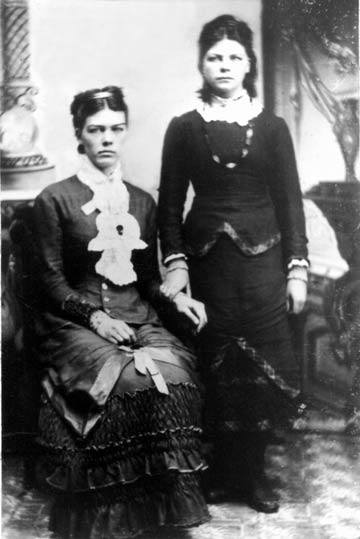
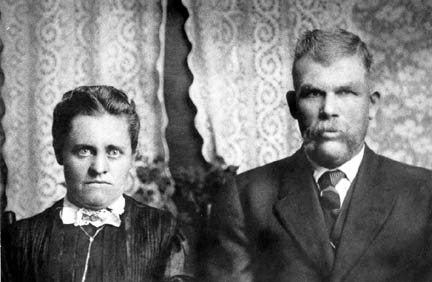
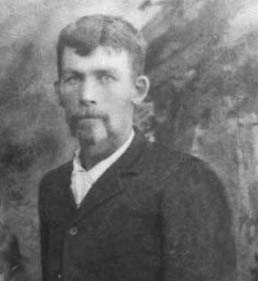
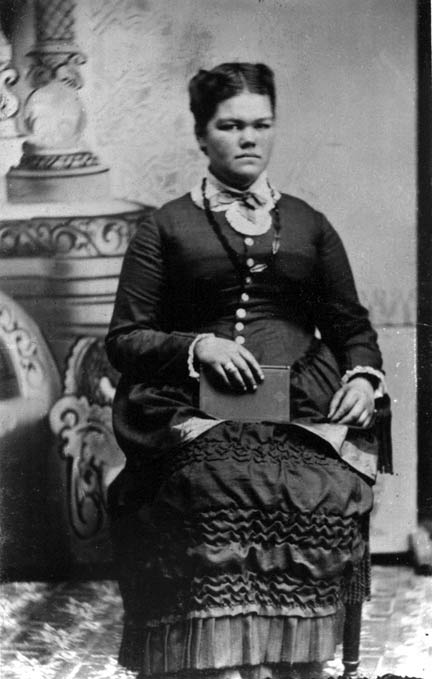
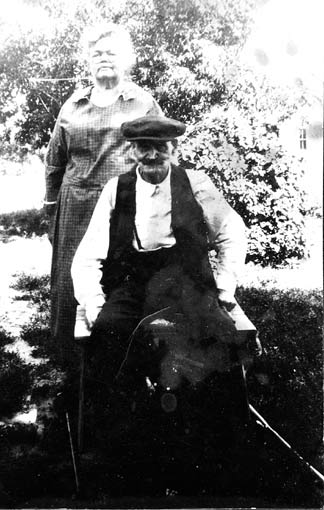
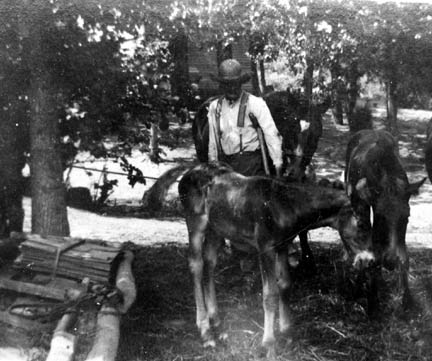
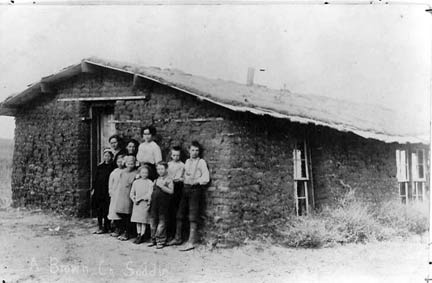
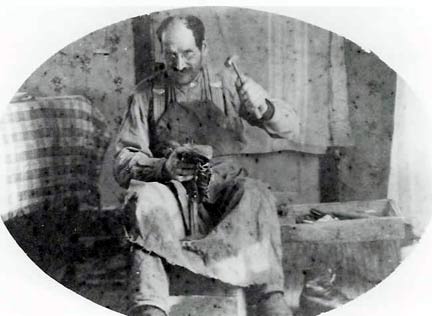
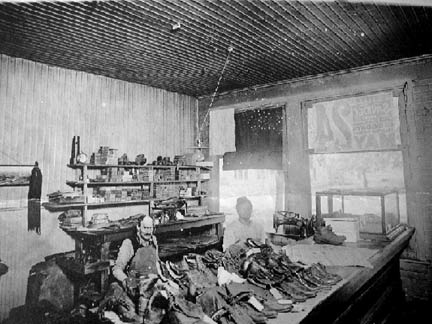
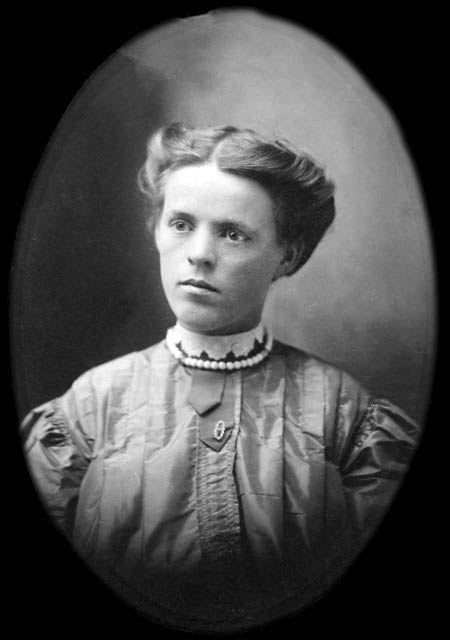
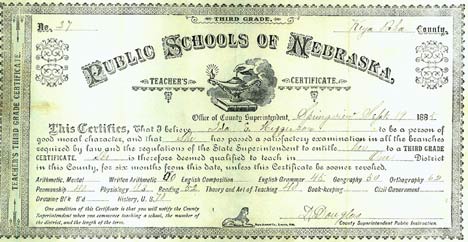
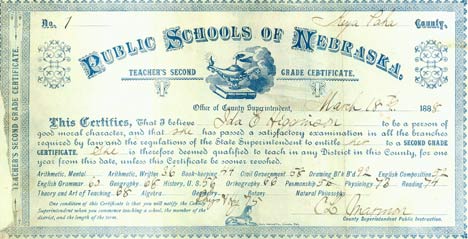
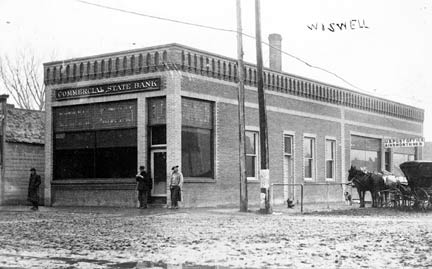
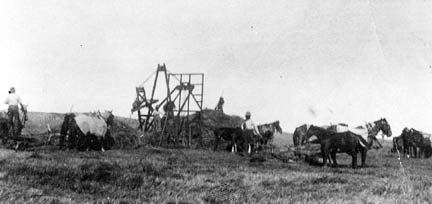

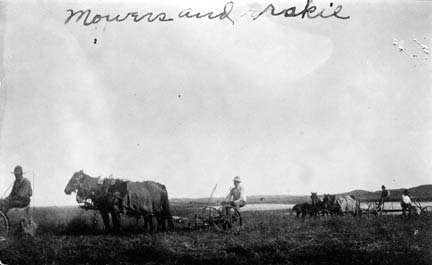
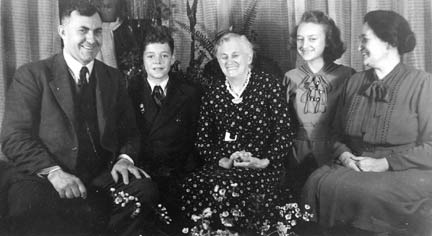

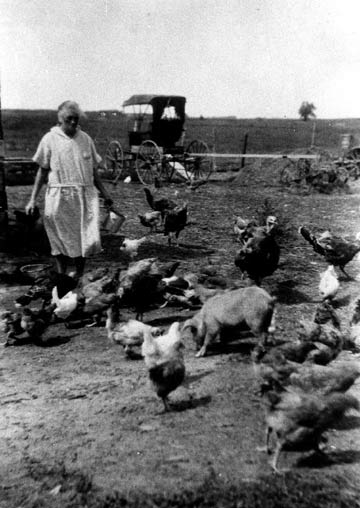
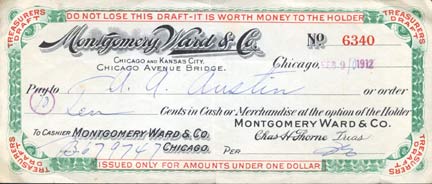

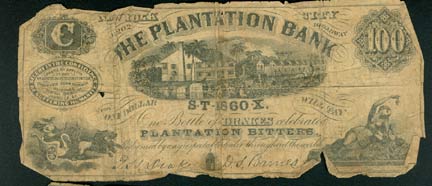
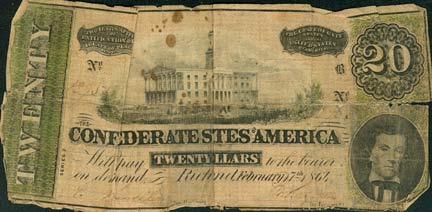
 Jennie Austin’s Ledger
Jennie Austin’s Ledger Grandma and Me
Grandma and Me Aida Austin’s 1881 Diary
Aida Austin’s 1881 Diary